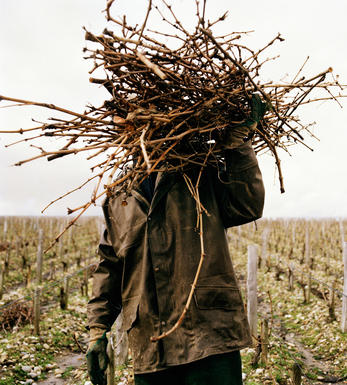
About this WINE

Champagne Besserat de Bellefon
Besserat de Bellefon has its origins in 1843 when Edmond Besserat, founded his Champagne House in Aÿ. The marriage in 1920 of a descendant (another Edmond) to a certain Yvonne de Méric de Bellefon of Champagne nobility sealed the creation of Besserat de Bellefon.
Their fame in Paris especially was borne of a challenge issued to the House, by the Manager of the Parisian Restaurant La Samaritaine de Luxe in 1930, to create a Champagne with a creamy mouthfeel suitable to pair with his gastronomic creations. Thus was born the Cuvée des Moines, which owes the creamy style demanded to the use of less sugar in the liqueur de tirage to create a lower pressure (4.5 atmospheres) versus the conventional 6 atmospheres found in most champagnes, thus producing softer mousse.
In 2009, Besserat de Bellefon unveiled its Cuvée des Moines Extra Brut, which with the House’s characteristic high proportion of Meunier combined with very little added sugar in the dosage maintains their pure style. For their 170th anniversary, the Cellar Master, Cédric Thiébault, created their BdeB Cuvée. Concentrating on Pinot Noir and Chardonnay with a touch of oak from the Champagne forest of Argonne, it maintains the House style: pure, creamy, gastronomic.

Champagne blend
Which grapes are included in the blend, and their proportion, is one of the key factors determining the style of most Champagnes. Three grapes are used - Pinot Noir, Chardonnay and Pinot Meunier.
26% of vineyards in Champagne are planted with Chardonnay and it performs best on the Côtes des Blancs and on the chalk slopes south of Epernay. It is relatively simple to grow, although it buds early and thus is susceptible to spring frosts. It produces lighter, fresher wines than those from Burgundy and gives finesse, fruit and elegance to the final blend. It is the sole grape in Blancs de Blancs, which are some of the richest long-lived Champagnes produced.
Pinot Noir accounts for nearly 40% of the plantings in Champagne and lies at the heart of most blends - it gives Champagne its body, structure, strength and grip. It is planted across Champagne and particularly so in the southern Aube district.
The final component is Pinot Meunier and this constitutes nearly 35% of the plantings. Its durability and resistance to spring frosts make the Marne Valley, a notorious frost pocket, its natural home. It ripens well in poor years and produces a soft, fruity style of wine that is ideal for blending with the more assertive flavours of Pinot Noir. Producers allege that Pinot Meunier lacks ageing potential, but this does not deter Krug from including around 15% of it in their final blends.



Buying options
Add to wishlist
Description
To celebrate its 170th anniversary Besserat de Bellefon asked winemaker Cédric de Thiébault to come up with something a little special. Do not be fooled by an eponymous name which gives the impression that this may be a Blanc de Blancs; far from it, Chardonnay only makes up 45 percent of the blend, the balance being shared by Pinot Noir (45 percent) and Pinot Meunier (10 percent).
Fruits of exceptional, mainly Grand Cru, villages, the wine is vinified half in concrete and half in fifth-fill barrels and is then matured with the addition of a little less liqueur de tirage than usual. The result has an astonishing ethereal elegance, its aromas of orange zest, brioche and hawthorn so subtle that the use of oak is far from discernible. In the mouth, the wood is equally discreet, perhaps adding hints of clove and soft spice to the delicate minuet.
wine at a glance
Delivery and quality guarantee